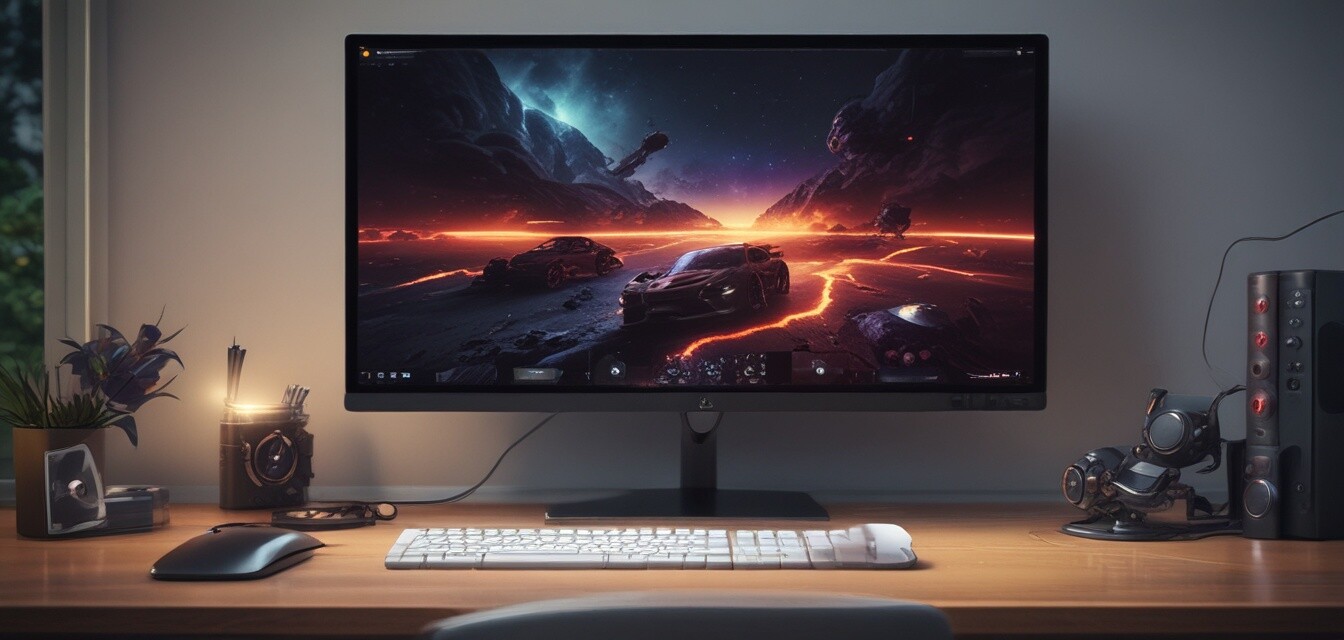
How to Upgrade Your Existing Gaming Setup
Key Takeaways
- Assess your current setup and determine areas for improvement.
- Upgrade components like GPU, RAM, and storage for better performance.
- Consider ergonomics and aesthetic enhancements with accessories.
- Research and compare products to find the best fit for your budget.
- Keep your software and drivers updated for optimal functionality.
Are you looking to enhance your gaming experience? Upgrading your existing gaming setup can breathe new life into your system, improve performance, and elevate your overall enjoyment. In this guide, we will walk you through practical steps to ensure your gaming rig runs smoothly and efficiently. Whether you are a casual player or a competitive gamer, a few strategic upgrades can make a significant difference.
Understanding Your Current Setup
The first step in upgrading your gaming setup is to thoroughly assess your current components. Knowing what you have will help you focus on the areas that need improvement.
Key Components to Evaluate
| Component | Importance | Upgrade Potential |
|---|---|---|
| CPU | Determines processing power | Consider upgrading for better multitasking and performance |
| GPU | Crucial for graphics quality and frame rates | Upgrade for modern gaming demands |
| RAM | Essential for smooth performance | Increase capacity for better multitasking |
| Storage | Affects load times | SSD upgrades for faster performance |
| Motherboard | Supports all components | Check compatibility for new upgrades |
Practical Upgrade Steps
Once you have assessed your current system, follow these practical steps to ensure effective upgrades:
1. Upgrade Your GPU
The graphics processing unit (GPU) is often the most impactful upgrade. Modern games require more graphical processing power, so investing in a better GPU can enhance visual quality and performance.
2. Increase Your RAM
Adding more RAM can significantly improve your gaming experience, especially if you multitask or run resource-heavy applications. Aim for at least 16GB for optimal performance.
3. Replace or Upgrade Storage
Switching to a solid-state drive (SSD) from a hard disk drive (HDD) can dramatically speed up load times, making your gaming experience smoother. Consider adding an SSD for your favorite games.
4. Improve Cooling Solutions
Enhanced cooling systems can prolong the life of your components and maintain optimal performance. Look for better fans or liquid cooling solutions to keep your setup cool.
5. Upgrade Your Peripherals
Sometimes, accessories can make a world of difference. Consider upgrading your:
- Keyboard: Mechanical options can provide better responsiveness.
- Mouse: High-DPI options can allow for quicker and more precise movements.
- Monitor: Upgrade to a higher refresh rate for a smoother gaming experience.
Ergonomics and Aesthetics
A gaming setup isn't only about performance; comfort and aesthetics play a crucial role too. Investing in ergonomic furniture, proper lighting, and organized cable management can enhance your gaming experience.
Enhancing Ergonomics
- Choose a comfortable gaming chair with good support.
- Adjust monitor height to reduce neck strain.
- Ensure your keyboard and mouse are positioned comfortably.
Aesthetic Improvements
Many gamers enjoy personalizing their setups. Consider adding:
- RGB lighting to create a dynamic atmosphere.
- Wall art or gaming posters to showcase your personality.
- Custom desk mats for a unique touch.
Staying Updated
After making your upgrades, don't forget to keep your software and drivers updated! This ensures that you receive the latest features, optimizations, and performance improvements for your components. Check for updates regularly, especially after a new game release.
Conclusion
Upgrading your existing gaming setup can lead to a more enjoyable experience, improved performance, and a sense of pride in your personalized system. By focusing on key components and enhancing your accessories, you can transform your setup into the gaming environment you've always wanted. For more tips and guides on gaming gear, visit our Buying Guides page.
Pros
- Improved gaming performance and responsiveness
- Enhanced graphics quality for immersive gameplay
- Better multitasking capabilities
- Personalized gaming environment with visual appeal
Cons
- Can be costly depending on the components chosen
- Complexity of installation for beginners
- Compatibility issues may arise with older hardware
